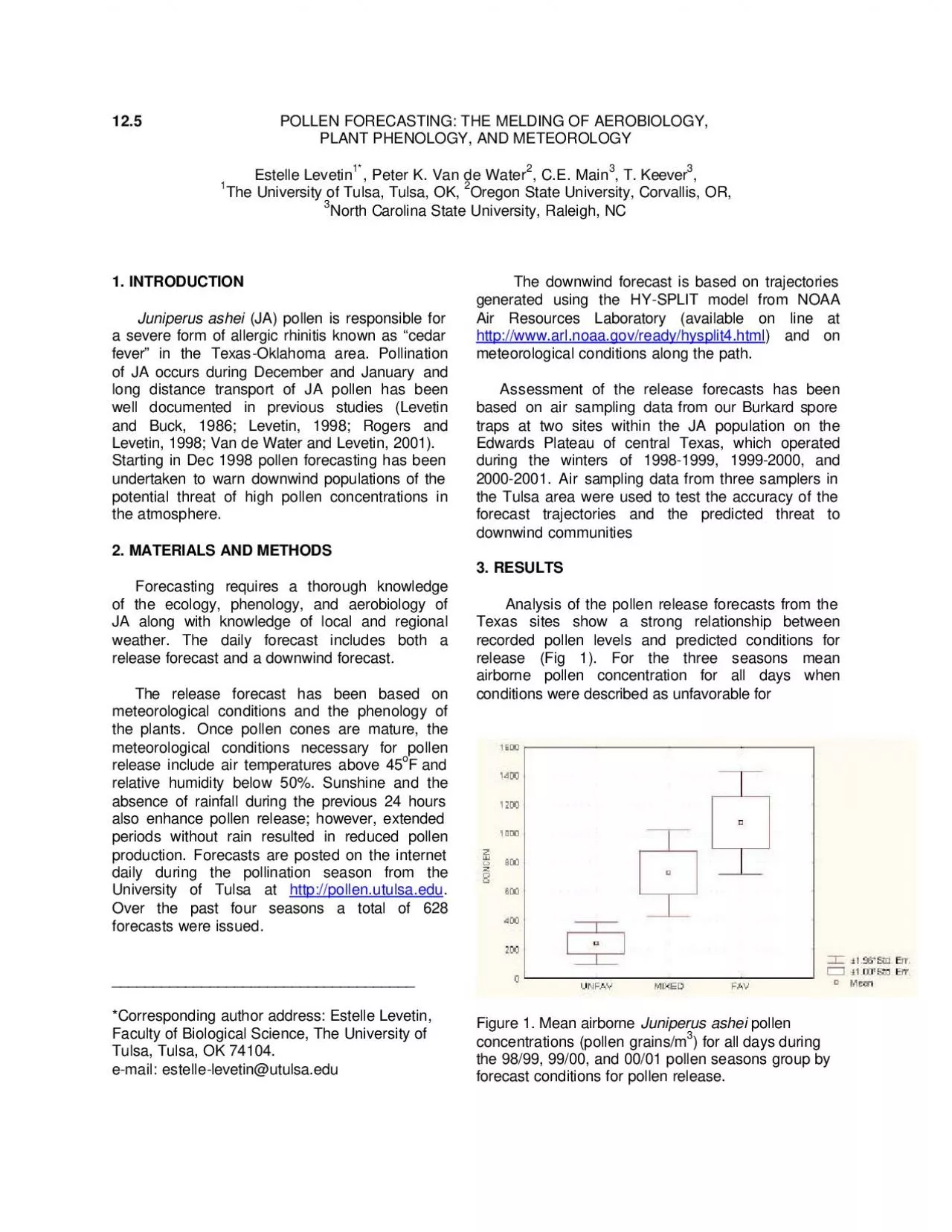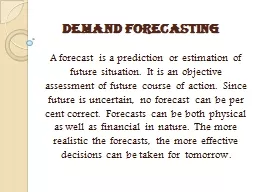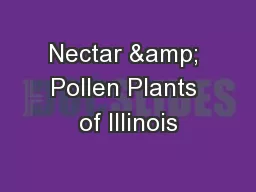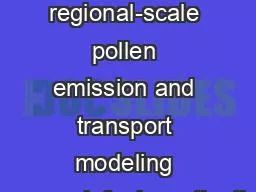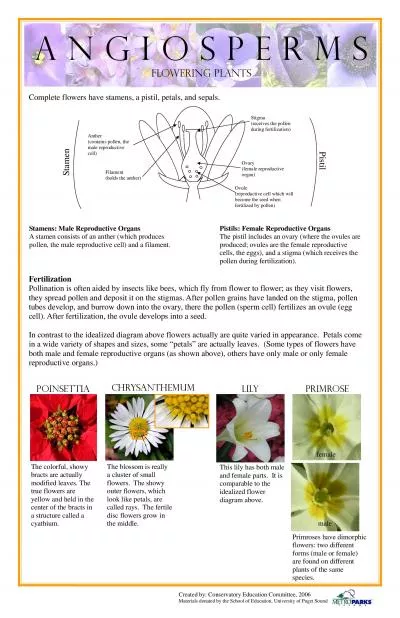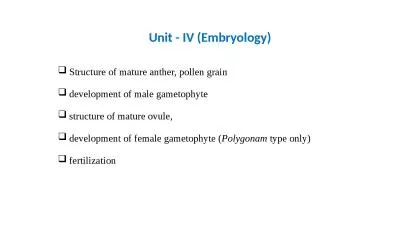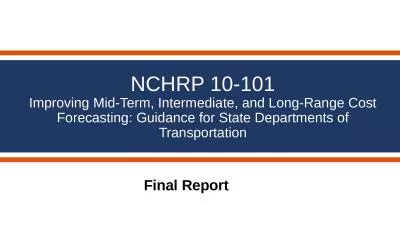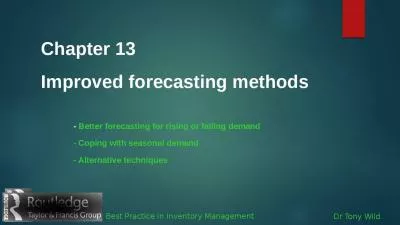PDF-125 POLLEN FORECASTING THE MELDING OF AEROBIOLOGY PL
Author : christina | Published Date : 2022-08-21
Over the past four seasons a total of 628 forecasts were issued Corresponding author address Estelle Levetin Faculty of Biological Science The Unive
Presentation Embed Code
Download Presentation
Download Presentation The PPT/PDF document "125 POLLEN FORECASTING THE..." is the property of its rightful owner. Permission is granted to download and print the materials on this website for personal, non-commercial use only, and to display it on your personal computer provided you do not modify the materials and that you retain all copyright notices contained in the materials. By downloading content from our website, you accept the terms of this agreement.
125 POLLEN FORECASTING THE MELDING OF AEROBIOLOGY PL: Transcript
Download Rules Of Document
"125 POLLEN FORECASTING THE MELDING OF AEROBIOLOGY PL"The content belongs to its owner. You may download and print it for personal use, without modification, and keep all copyright notices. By downloading, you agree to these terms.
Related Documents

